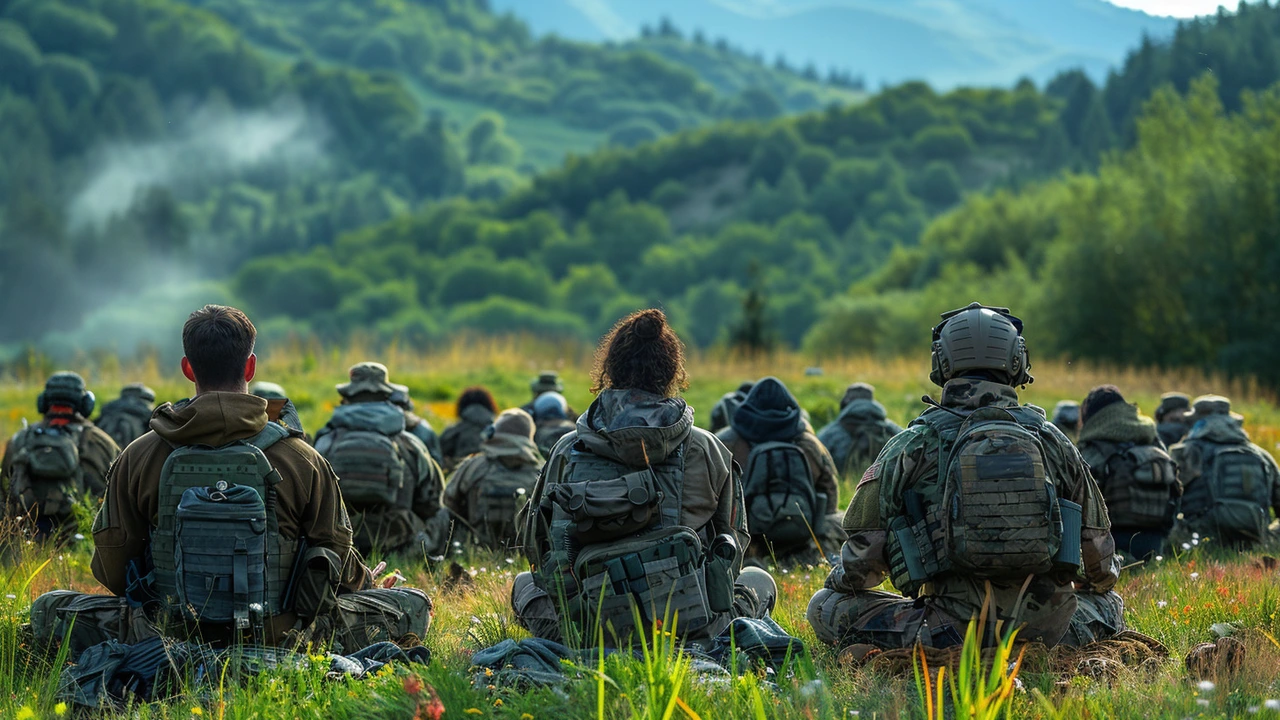Military Resilience: Practical Tools to Recover, Perform, and Thrive
High-stress roles change how your body and mind react. Military resilience means having simple, repeatable tools you can use anywhere to lower stress, reduce pain, and stay sharp. These techniques work in barracks, on deployment breaks, and at home with family. No fluff—just steps you can use today.
Quick, usable tools
Breathing is the fastest reset. Try box breathing: inhale 4 seconds, hold 4, exhale 4, hold 4. Do this for one to three minutes before a briefing or after a rough shift. Diaphragmatic breathing (deep belly breaths) helps lower heart rate and calm jittery nerves faster than shallow chest breaths.
Biofeedback trains your body to calm itself. You don’t need fancy gear to start—simple heart-rate apps or a wrist sensor show how breathing changes your heart variability. Spend 10 minutes a day practicing paced breathing while watching the readout. Over time you’ll get better at lowering arousal under pressure.
Use short relaxation tools between tasks. Progressive muscle relaxation takes five minutes: tense a muscle group for 5 seconds, release for 10, move to the next group. It reduces physical tension and clears your head before sleep or after training.
Support your body and daily routine
Massage and targeted bodywork help with chronic soreness from heavy gear and long shifts. Techniques like myofascial release and sports massage ease tight hips, shoulders, and lower back. Even a 10-minute self-massage with a foam roller or lacrosse ball can speed recovery and reduce sleep-disrupting pain.
Nutrition and sleep are resilience basics. Add omega-3 foods—fatty fish, walnuts, flax—to support mood and reduce inflammation. Aim for a protein-rich breakfast to steady energy. For sleep, keep the room cool, limit screens an hour before bed, and use a short wind-down routine: light stretch, 5 minutes breathing, then sleep.
Creative outlets reset the mind. Short art, music, or movement sessions—15–20 minutes—lower stress and make it easier to process intense experiences. Group activities also rebuild trust and connection after deployment.
Service dogs and therapy dogs offer practical, proven support. Dogs help ground people during flashbacks, improve sleep patterns, and reduce anxiety in public settings. If you’re considering one, connect with programs that train dogs specifically for veterans—they know how to match behavior to needs.
Make resilience part of the day, not a task. Short, consistent practice wins: five minutes of breathing in the morning, a 10-minute mobility break mid-day, and a calm wind-down at night. Keep tools portable—phone apps, a small roller, or a short guided audio file.
If pain, sleep loss, or intrusive memories persist despite daily tools, reach out for professional help. Mental health providers, physical therapists, or resilience coaches can tailor a plan for deployment-related issues. Asking for support is a strength that helps you stay mission-ready and present at home.
Want a simple start? Try this today: box breathe 2 minutes, do a quick shoulder release with a ball, and eat a breakfast with protein and healthy fats. Small steps add up fast.

Mindfulness in the Military: Enhancing Resilience and Mental Strength through Strategic Practices
The adoption of mindfulness practices within the military aims to bolster resilience, mental fortitude, and overall well-being among service members. This article explores how structured mindfulness interventions are integrated into military training to help personnel manage stress, improve cognitive function, and maintain psychological health in challenging environments. Through understanding these methods, military organizations can enhance coping mechanisms crucial for both active duty and life after service.

Acupressure vs. Acupuncture: What's the Difference?
Nov, 23 2023



